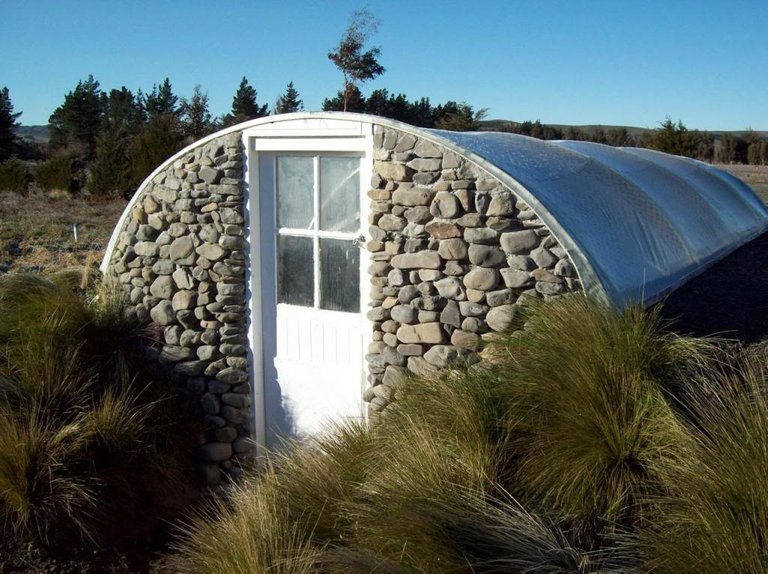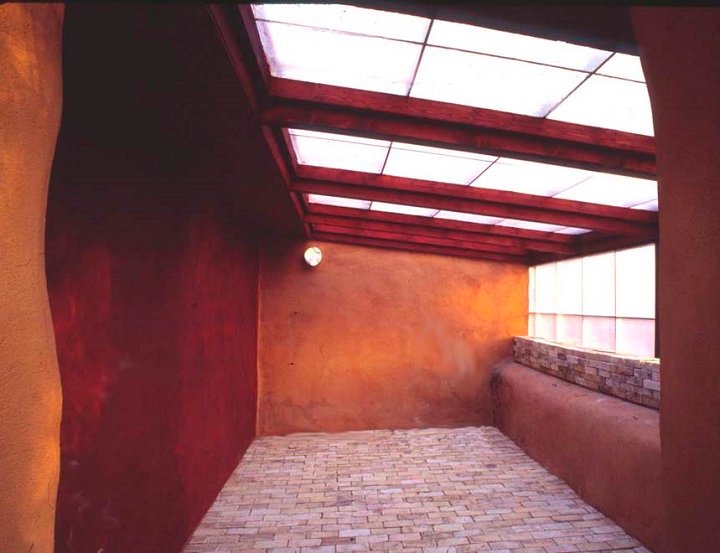
Underground greenhouses are a great way that you can try to grow better, because the underground greenhouse allows for you to grow in much colder temperatures and climates. When you go roughly six to eight feet below the surface, the temperature usually stays within the range of 50 and 60°F and this makes it ideal for growing.
Whether it is too hot or too cold, an underground greenhouse might be a great way to establish a better growing environment for your crops and plants. The idea for underground greenhouses has been around for many years and farmers all over the world have employed this type of structure so that they could grow their own plants and crops.

Using underground greenhouses is an easy way to extend the growing season and possibly give crops a good boost. These types of greenhouses are also known as a walipini which is an indian word for meaning 'place of warmth.' And this type of growing will allow you to maintain your crops all year long, regardless of the outside weather conditions.

In this set-up above for example. the natural clay is going to do really well with absorbing the daily heat. When using a pit-style greenhouse, the large amount of thermal mass (water, stone, soil) is very important; along with the structures position to the sun. Some individuals have been able to construct their greenhouse for less than $300, and when it comes to how much the model might cost you it really depends on what materials you have to begin with.
The underground greenhouse is going to use natural resources to be able to establish a well-lit, stable, and warm environment for you to grow in. If built successfully, the walipini will allow for natural insulation and can even store daytime solar radiation. It's important to keep waterproofing in mind, along with drainage and ventilating, but this type of greenhouse can be much more effective than the traditional ones which aren't able to provide a growing environment that will be as effective in harsh climates. The underground greenhouse model is almost universally viable.
see:
http://www.treehugger.com/green-architecture/build-underground-greenhouse-garden-year-round.html
Good idea and design. Useful and healthy.
I dig it. And I have dug a Walipini. Planning a bigger one.
i want one!
I have build videos on my youtube channel.
sweet!!
That is a fantastic idea. I may just have to make one of these on my future homestead. I will curtainly be looking into it further.
I have never seen this before, what a great idea! Much more efficient that the indoor greenhouses that utilize some kind of power source. This way, plants can get all the natural stuff, but be protected from the elements. Thank you for sharing!
I like this idea, @doitvoluntarily!
What a great concept! I'll admit, I havnt heard of that before! I think I would end up living in it though! Haha!
Now this is epic. Quite an exquisite alternative and design focus.
Very cool! Wonder if tomatoes would produce all year season after season if they never got cold? again great work, love the flooring too.
You need 6 hours of sunlight to purduce veg. Depending on climate a person might also need lighting as well. We have 660 gallons of heat battery in our Walipini in central Ky and without heat our plant starts would freeze if it temp drops into the 20's for days on end.
The walipini is awesome. We're more worried about heat here, but it'll work for that too, since it'll insulate in the summer as well, and use the ground temp to keep it moderate. It can be complemented by the GAHN system too, which really makes it even more stable.
Heat sinks such as water barrels can really moderate temp. Our old school hoophouse would heat up fast and need vented shortly after sunrise. Whereas our Walipini needs time to warm up. All the heat retention is leaked out overnight and becomes cold, so reversing it takes time.
truly a smart design, the way of the future.
I really want to make one of these since first seeing them on YouTube about a year ago. The cost of food, especially fruit and vegetables is outrageous on the East coast of Canada. What I'm trying to wrap my head around is aeration and pollination, and some way to incorporate aquaponics into the design. Any ideas? I have some gentle natured Mason bees on order, as they store easily refrigerated...
So far the only way I can figure it out is to incorporate the structure into a cemented, 10'+ H, but then....condensation....
Work in progress.
Great post. I have wanted one of these for years and never got it together. Excellent low tech solution to stretching the growing season for us northerners. thank you, oc
gorgeous and awesome =- i love the adobe brick hallway version <3